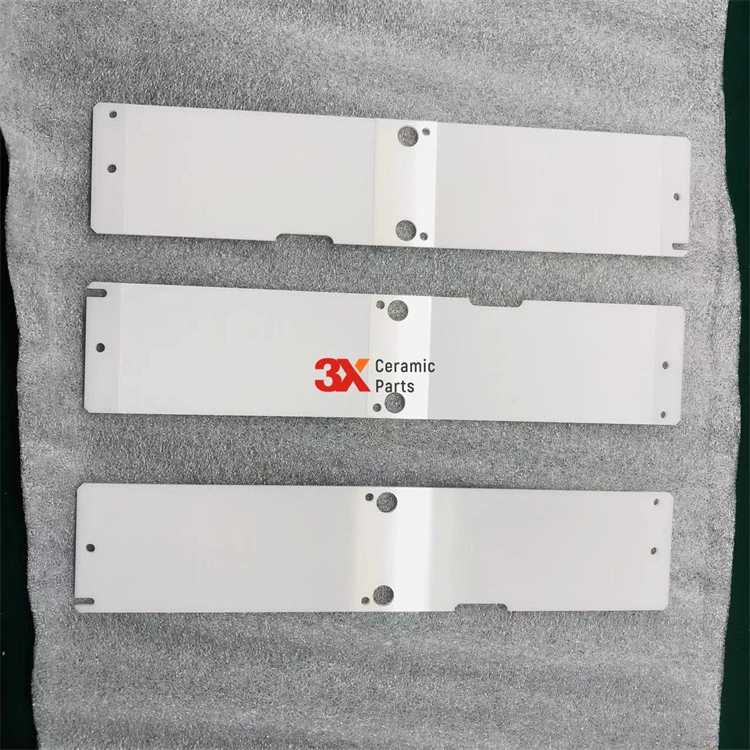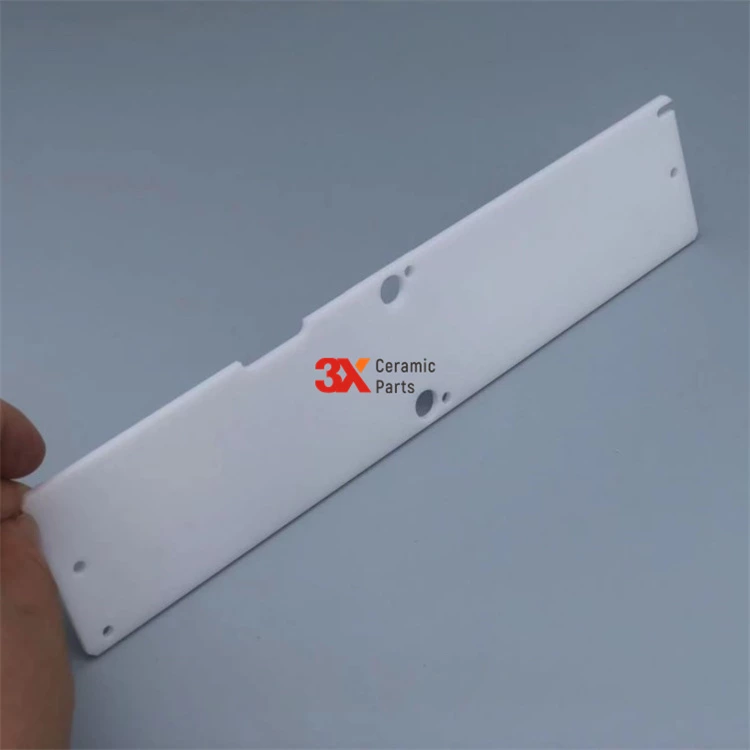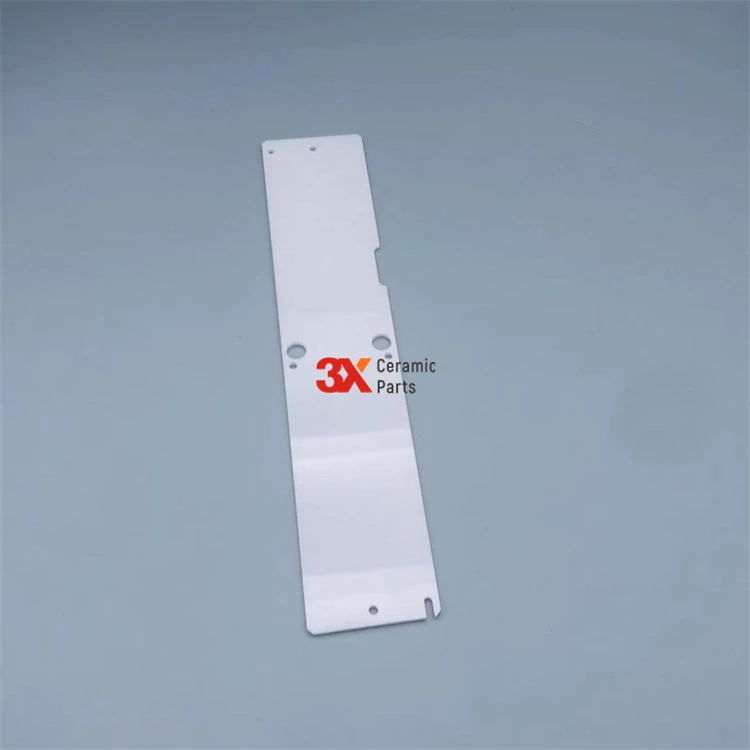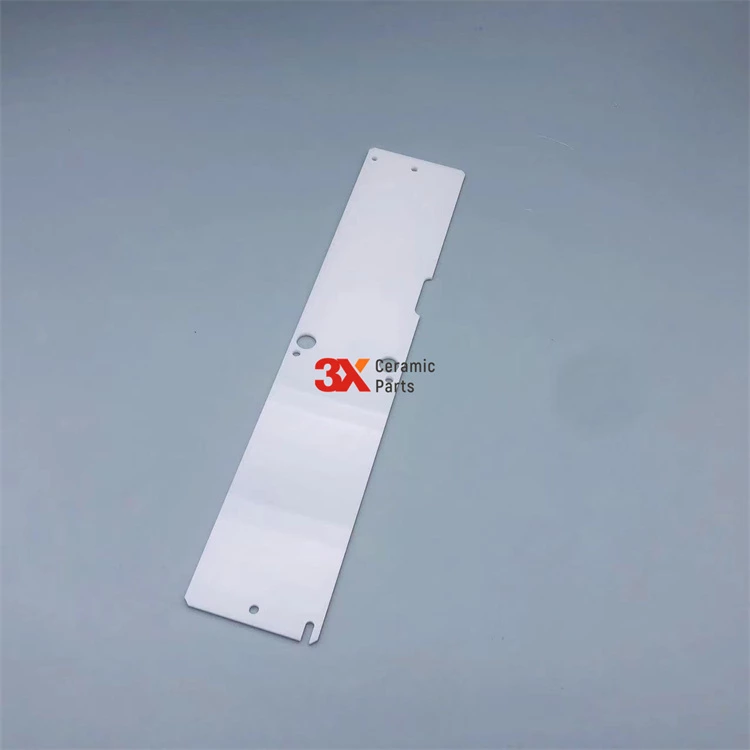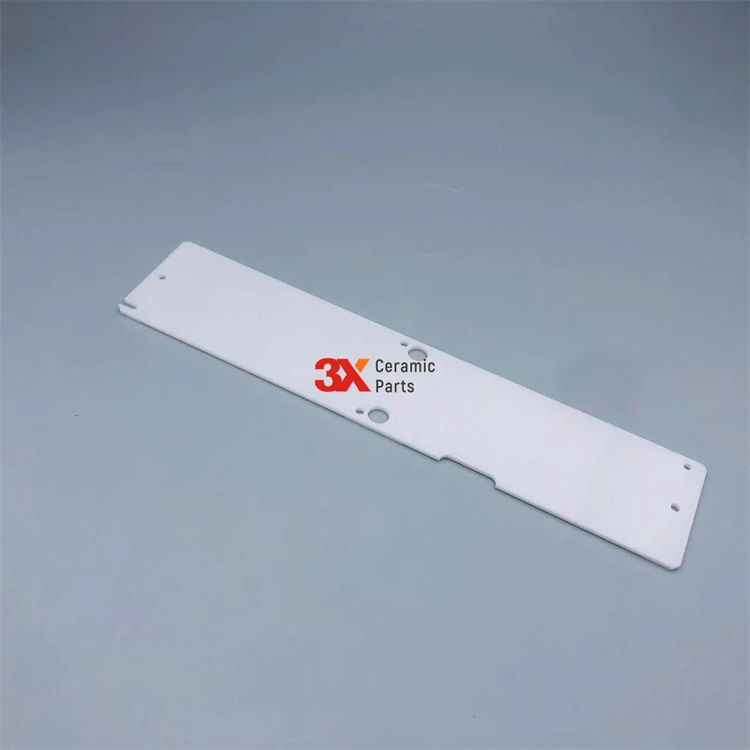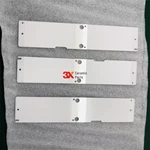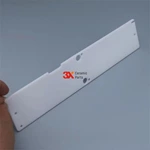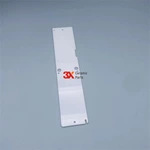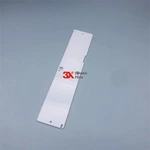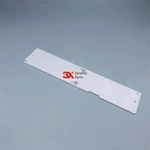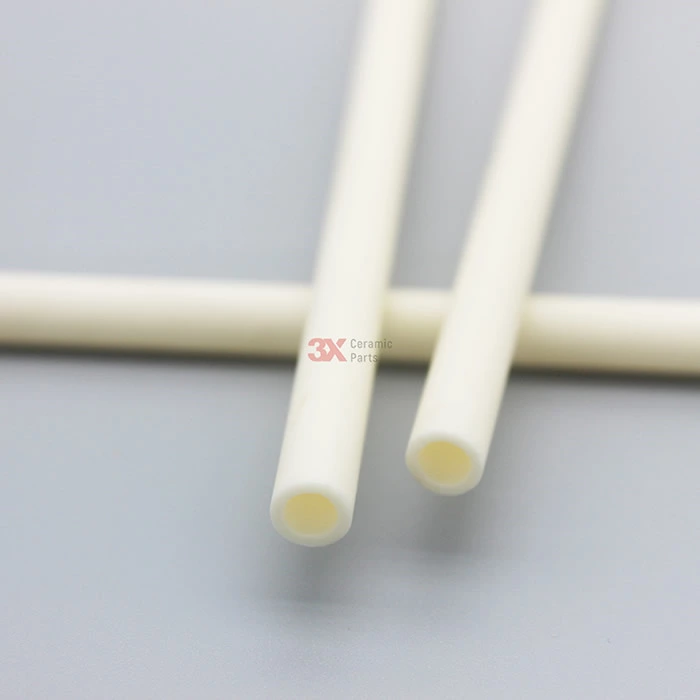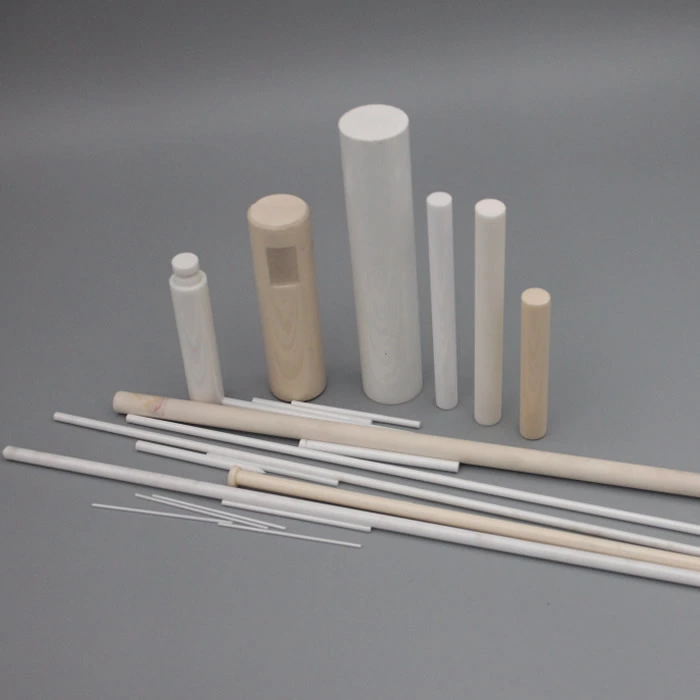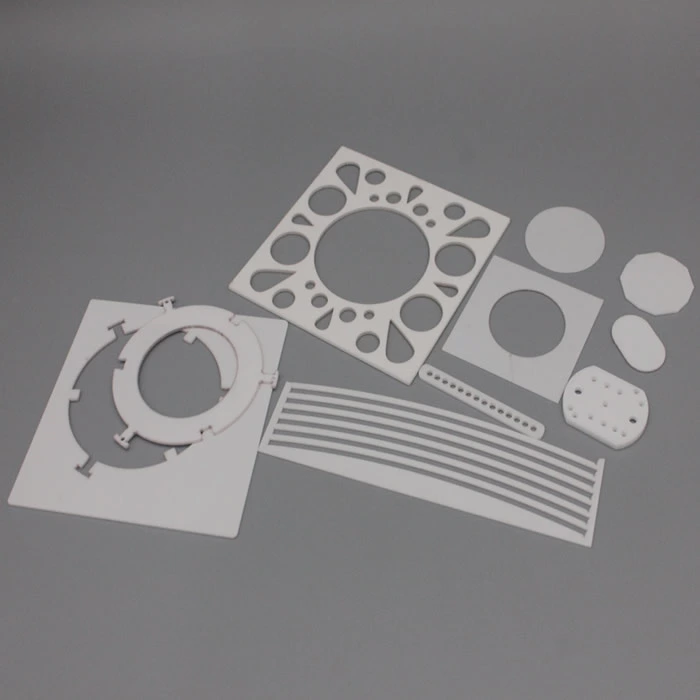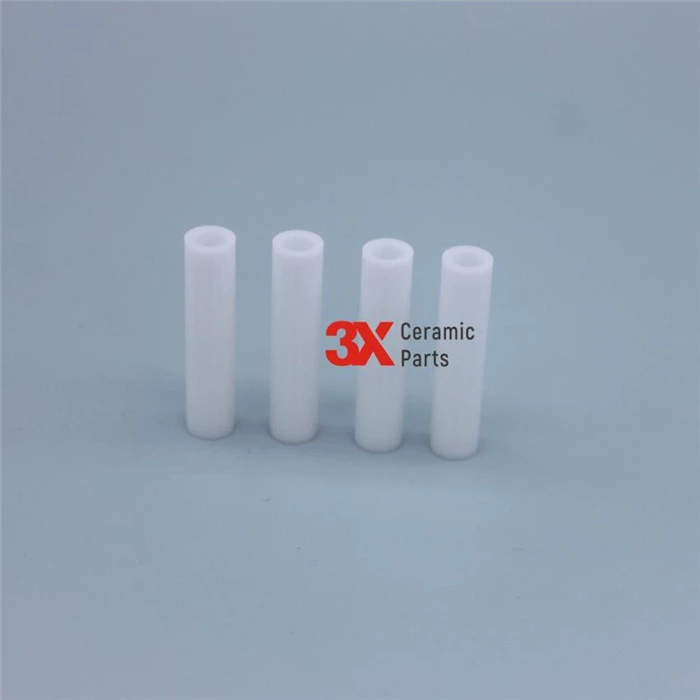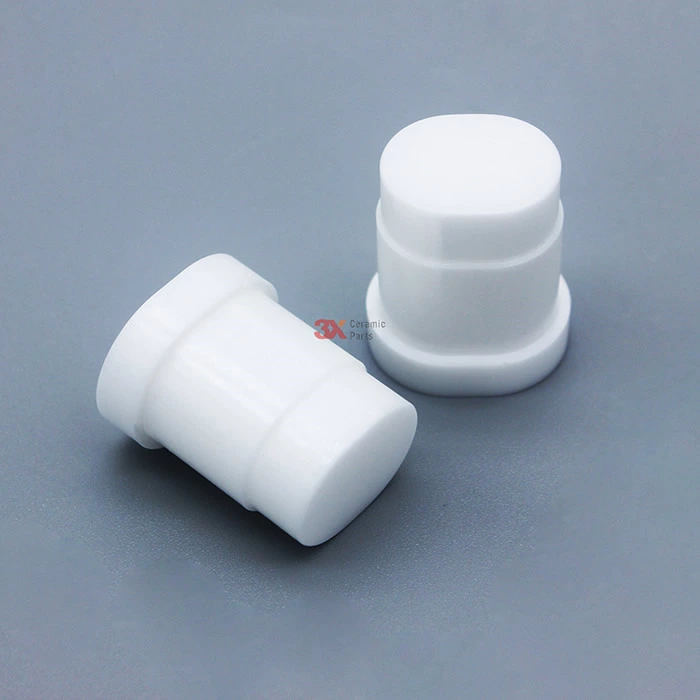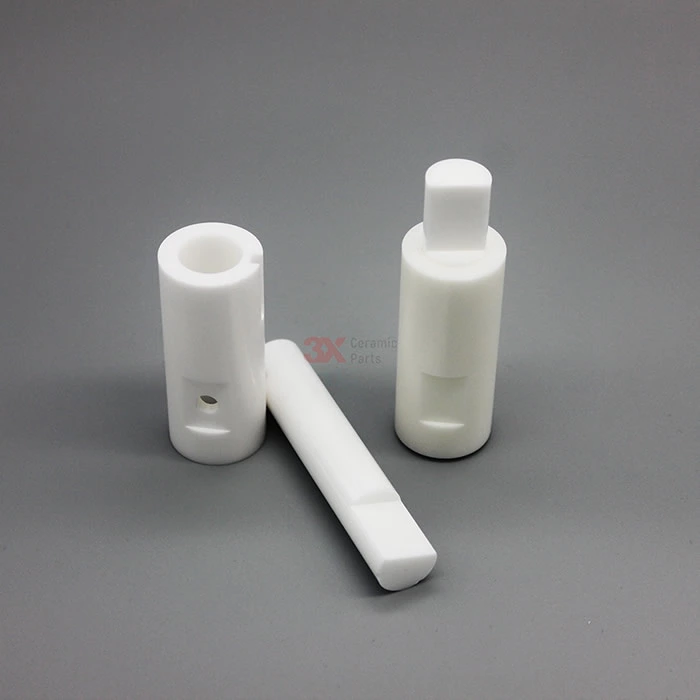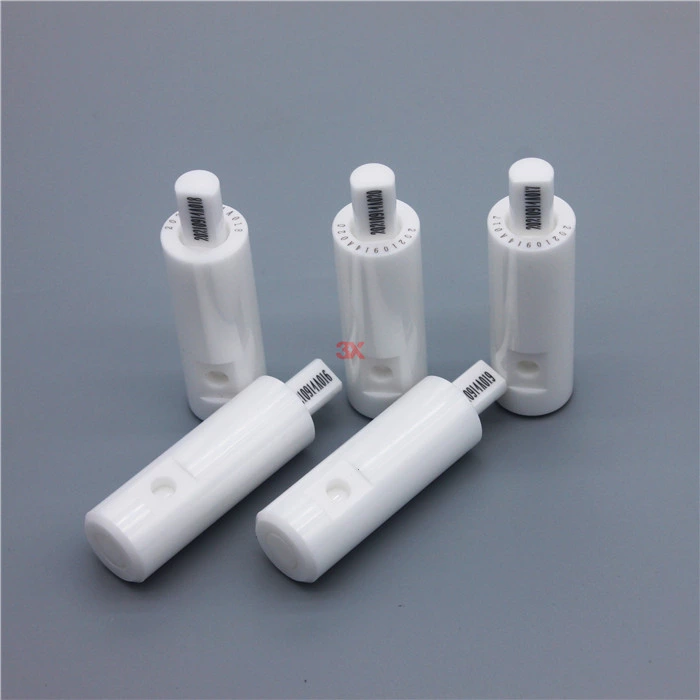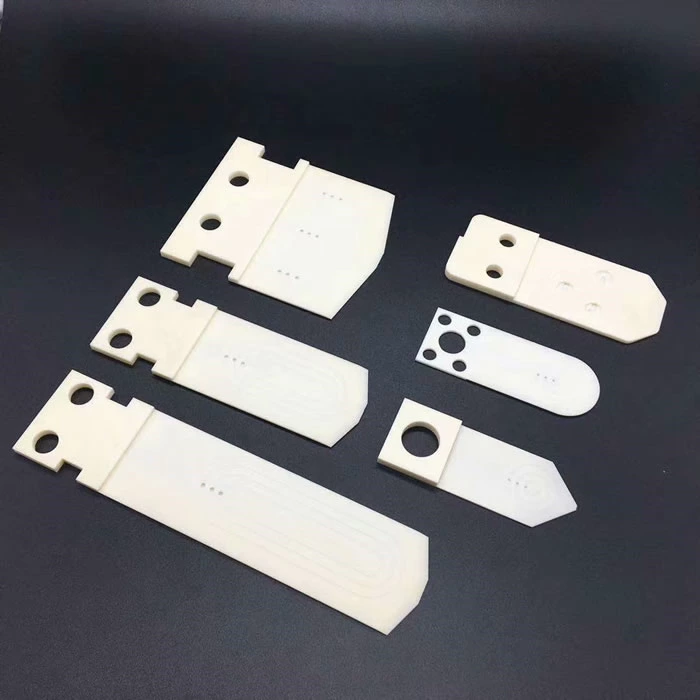Ceramic Heat Shield for Wire Bonder MDB Equipment
- Brand Name
- 3X Ceramic Parts
- Material Type
- Zirconia Ceramic
- Forming Way
- Isostatic pressing
- MOQ
- 1 pcs
- Specification
- custom make
- Shape
- custom make
- Surface finish
- polished or not
- Application
- MDB machine
- Main Property
- electrical insulating
- Machining Way
- CNC machining , Flapping
Ceramic Heat Shield for Wire Bonder MDB Equipment
A ceramic heat shield for a wire bonder is a specialized component designed to protect the wire bonding process from excessive heat. Wire bonding is a critical step in semiconductor device manufacturing, where fine wires are bonded from a chip to a substrate or package to establish electrical connections. The heat shield is made from ceramic materials, typically alumina ceramic , zirconia ceramic , aluminum nitride or boron nitride, known for their high thermal conductivity and excellent insulation properties.
The main purposes of a ceramic heat shield in a wire bonder are:
-
Heat management: It helps to maintain a stable temperature around the bonding area, preventing heat from the bonding tool from affecting the sensitive components or the wire itself. This is crucial for ensuring reliable and precise bonding.
-
Temperature control: It allows for better temperature control during the bonding process, which is essential for different bonding techniques (e.g., ultrasonic, thermosonic, or eutectic bonding) and various wire materials (such as gold, aluminum, or copper).
-
Protection from contamination: The ceramic material provides a clean and inert surface that helps to prevent contamination, which could compromise the bond quality.
-
Durability: Ceramics are robust and can withstand the harsh environment of a wire bonding process, including repetitive motion, high temperatures, and mechanical stress.
-
Chemical resistance: Ceramic materials are resistant to chemicals commonly used in semiconductor processing, ensuring the heat shield's longevity.
The ceramic heat shield is usually custom-designed to fit the specific wire bonder model and application requirements, with precise dimensions and features to optimize the bonding process. It may also include specialized coatings or treatments to enhance its performance in certain conditions.


